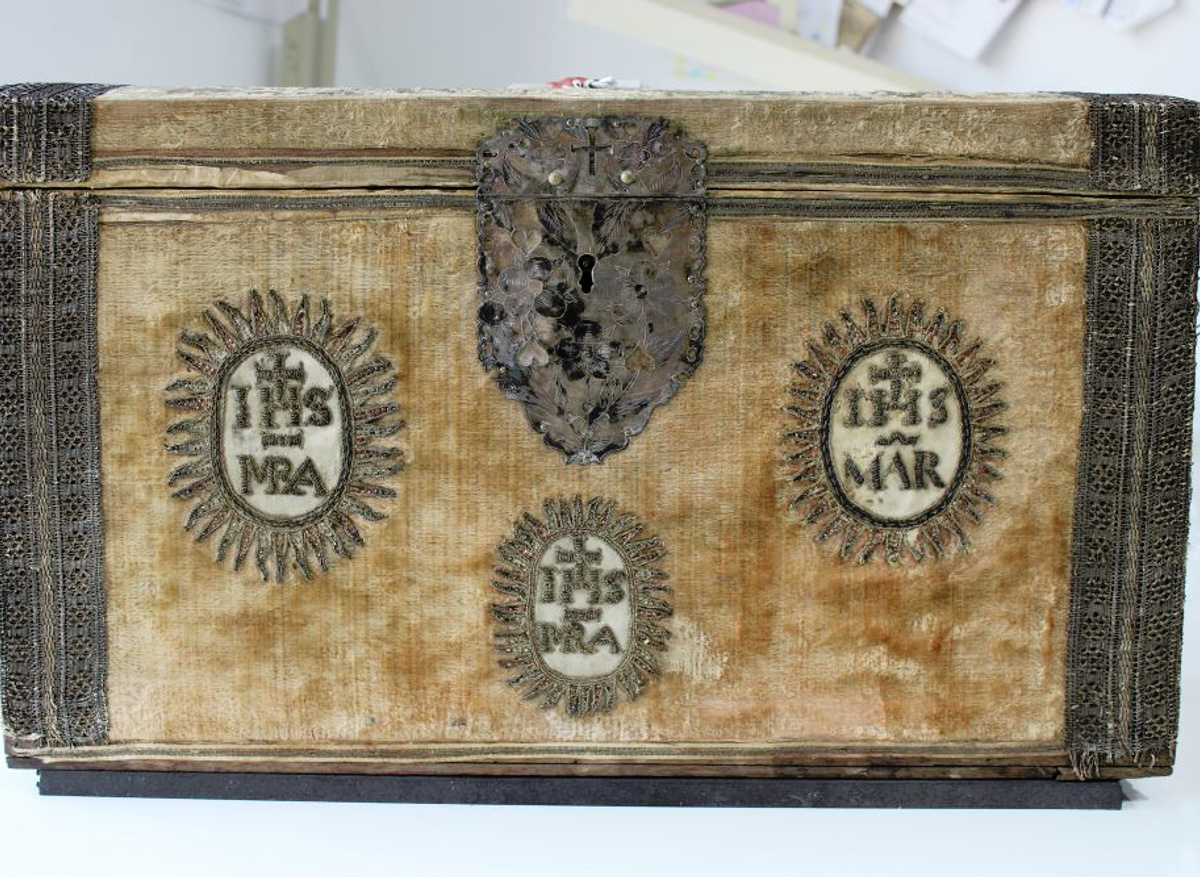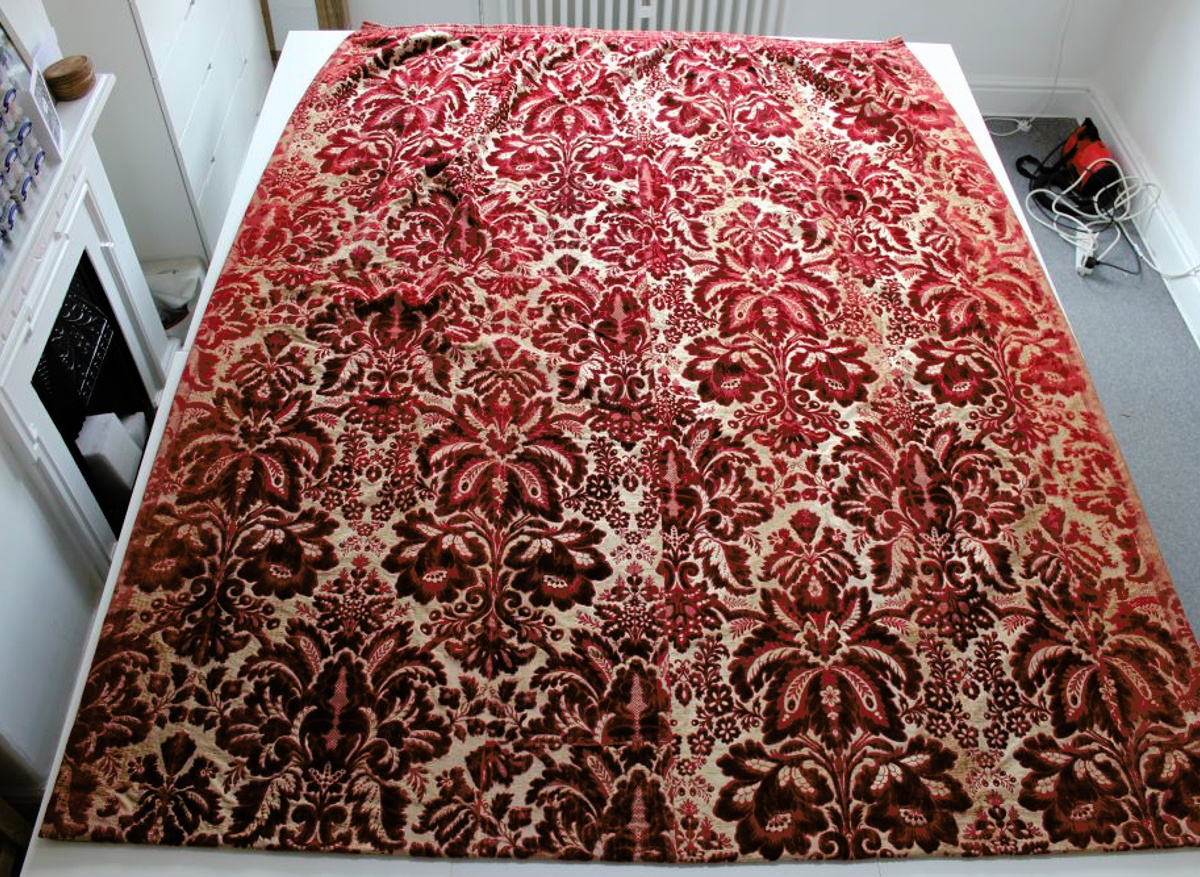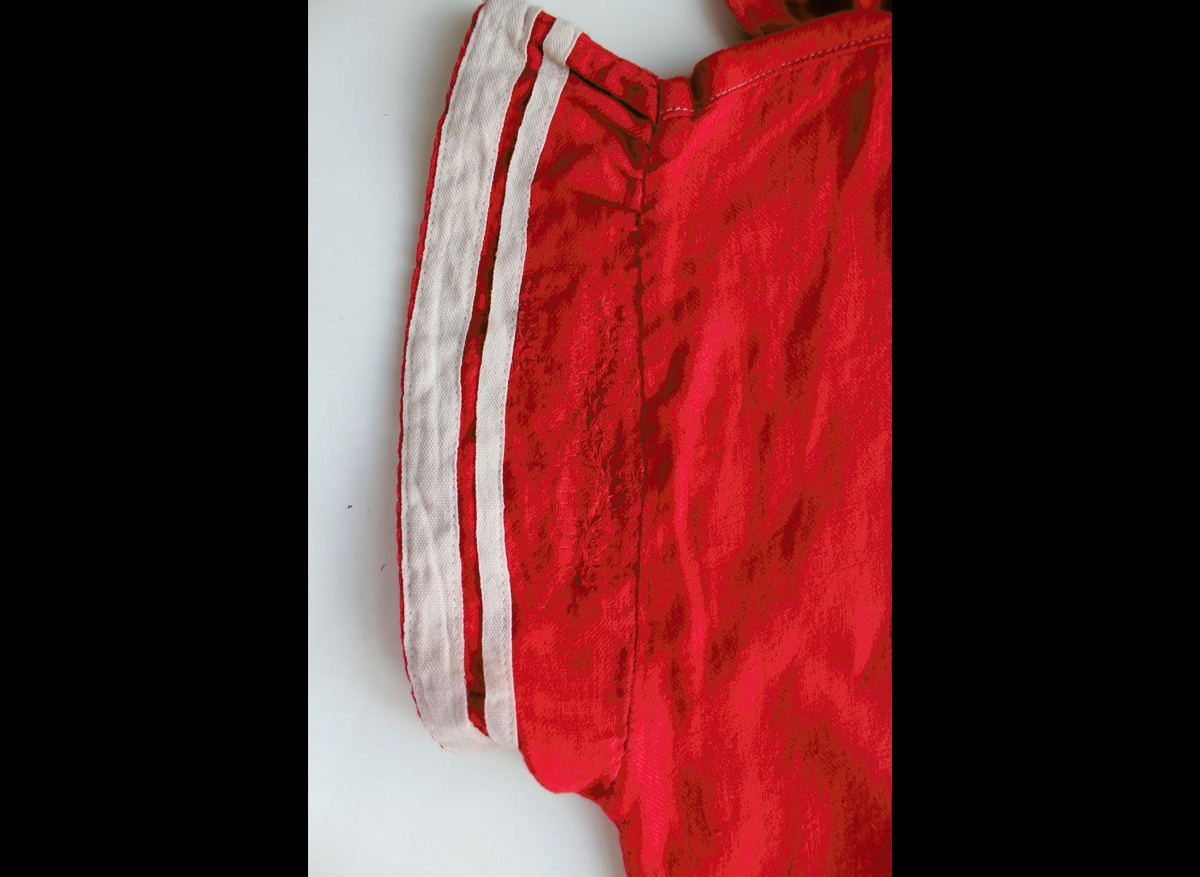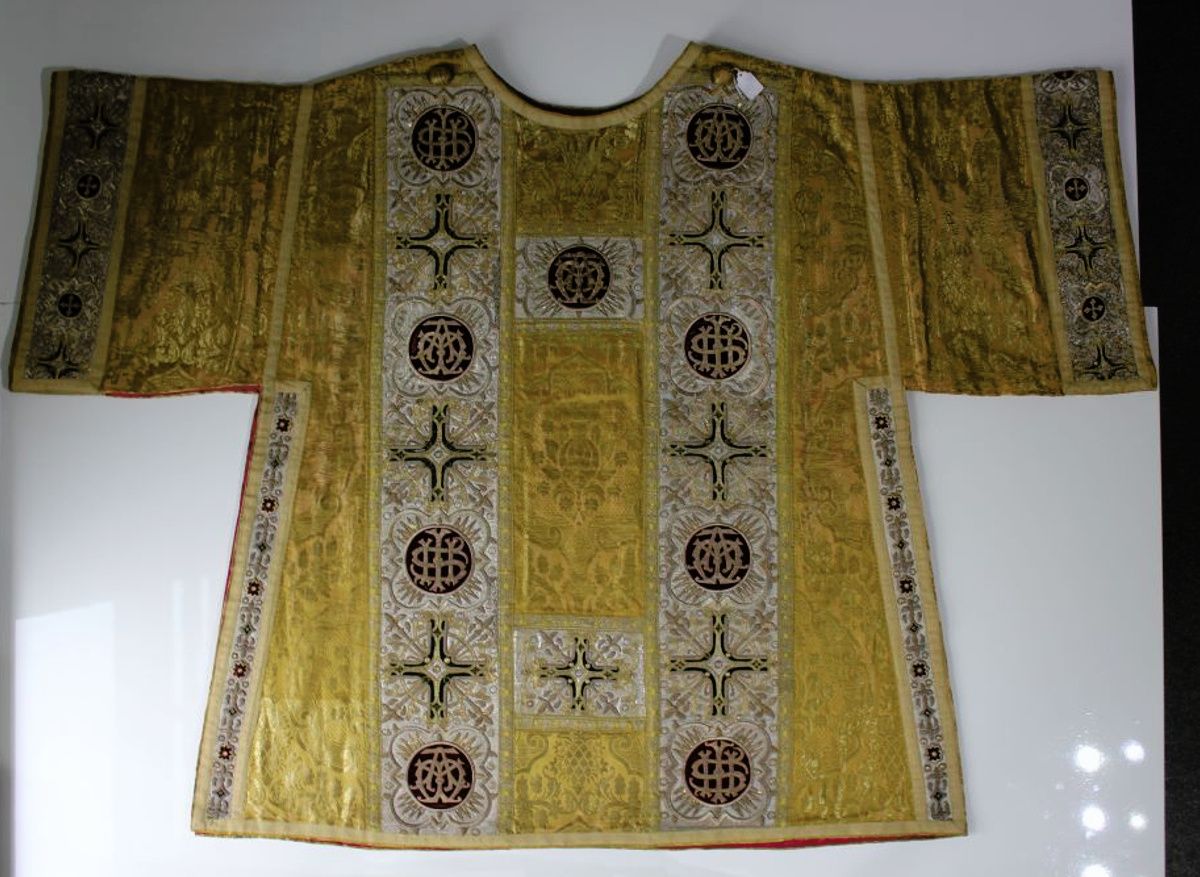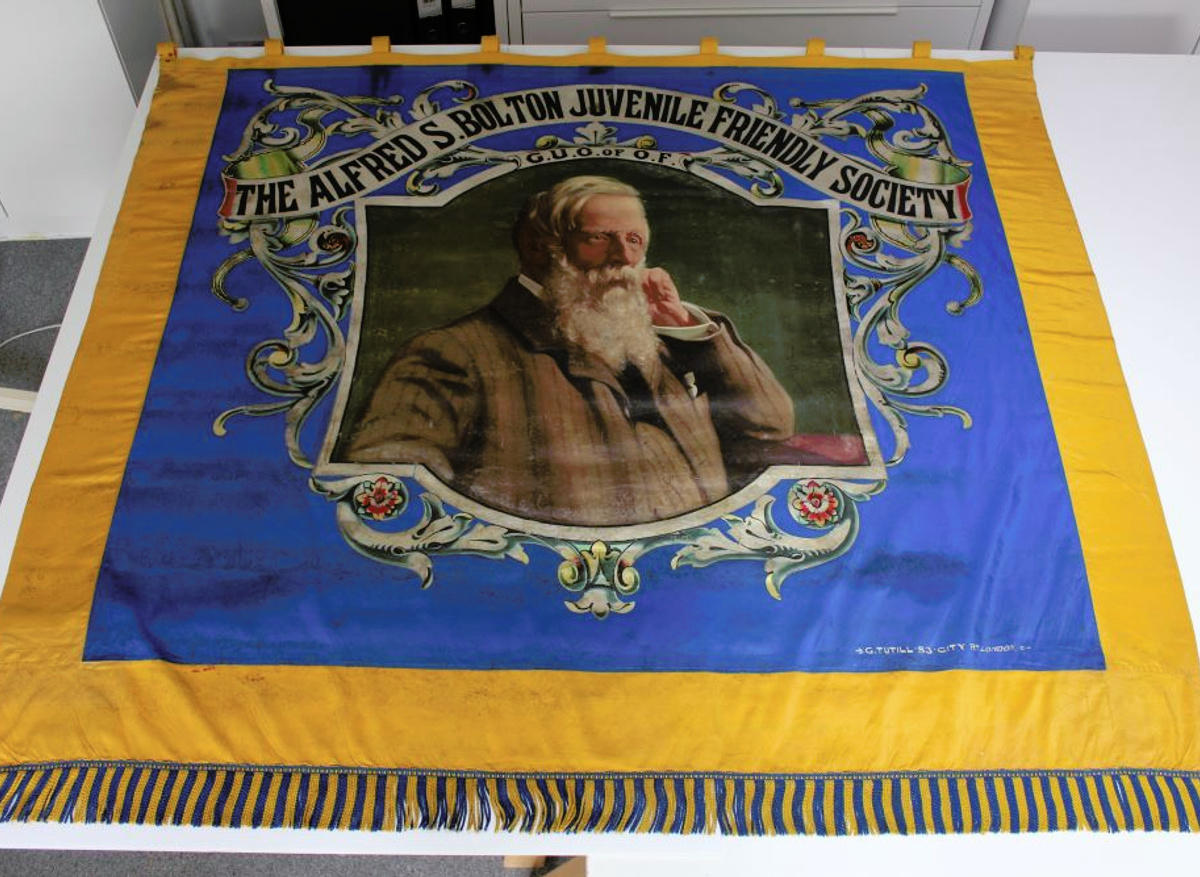Working as a freelance textile conservator in my well-equipped studio based in the Midlands since 2006. As well as carrying out a wide range of remedial treatments, I can provide an advisory service including textile surveys, advice about handling, packing, storage, costume mounting, preparing textiles for freezing and surface cleaning. I offer a wide range of preventive conservation training workshops for museum staff.
Over the years I have conserved a wide range of textiles for many different clients. These include private individuals (who have family textiles), national museums, independent historic houses, the National Trust and English Heritage. I am one of the National Trust’s textile advisors covering the Midlands, Derbyshire, Greater Manchester and the Lake District. I also have experience of working on mixed media objects including train and horse drawn carriages, shoes, parasols, steamboat interiors and upholstery.
Biography
Michelle Harper ACR
Training:
- Textile Conservation Centre, Post Graduate Diploma in Textile Conservation, 1992-1995
Employment:
- National Trust Textile Conservation Studio, Textile Conservator, 1995-1996
- Textile Conservation Centre (Southampton University), Textile Conservator, 1996-2005
- Free lance textile conservator since 2006

